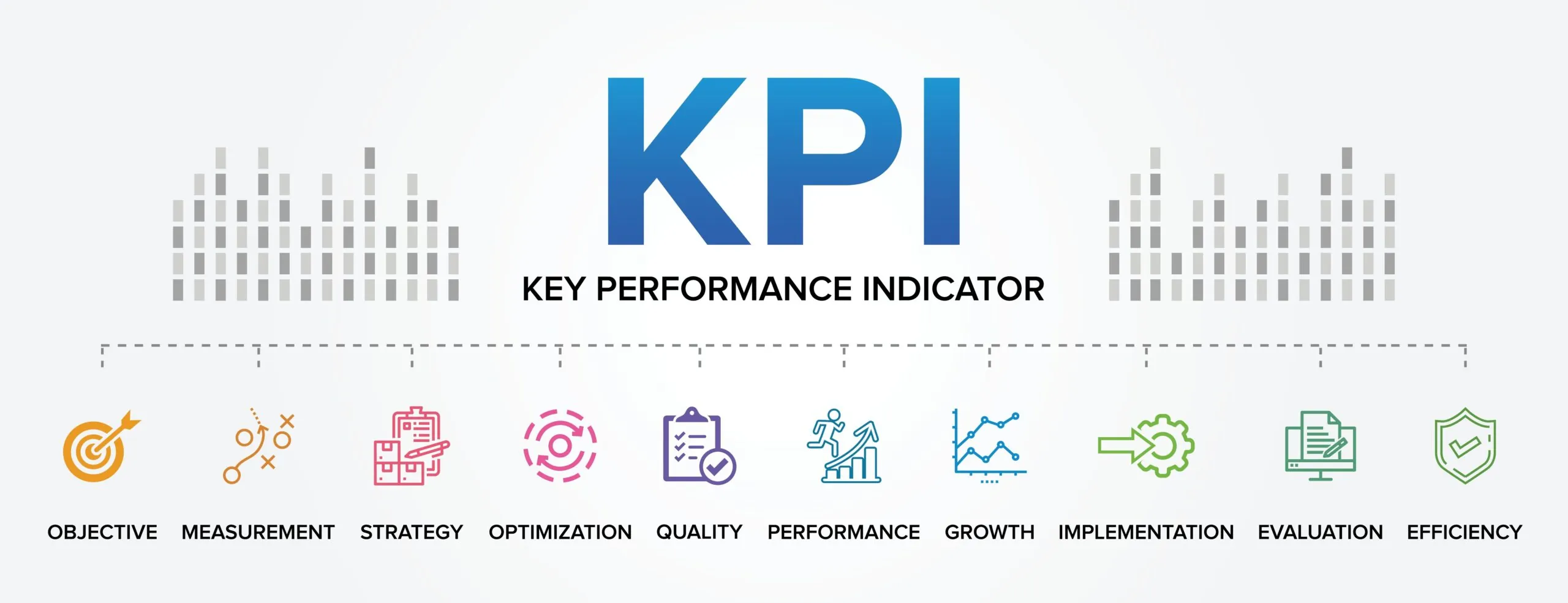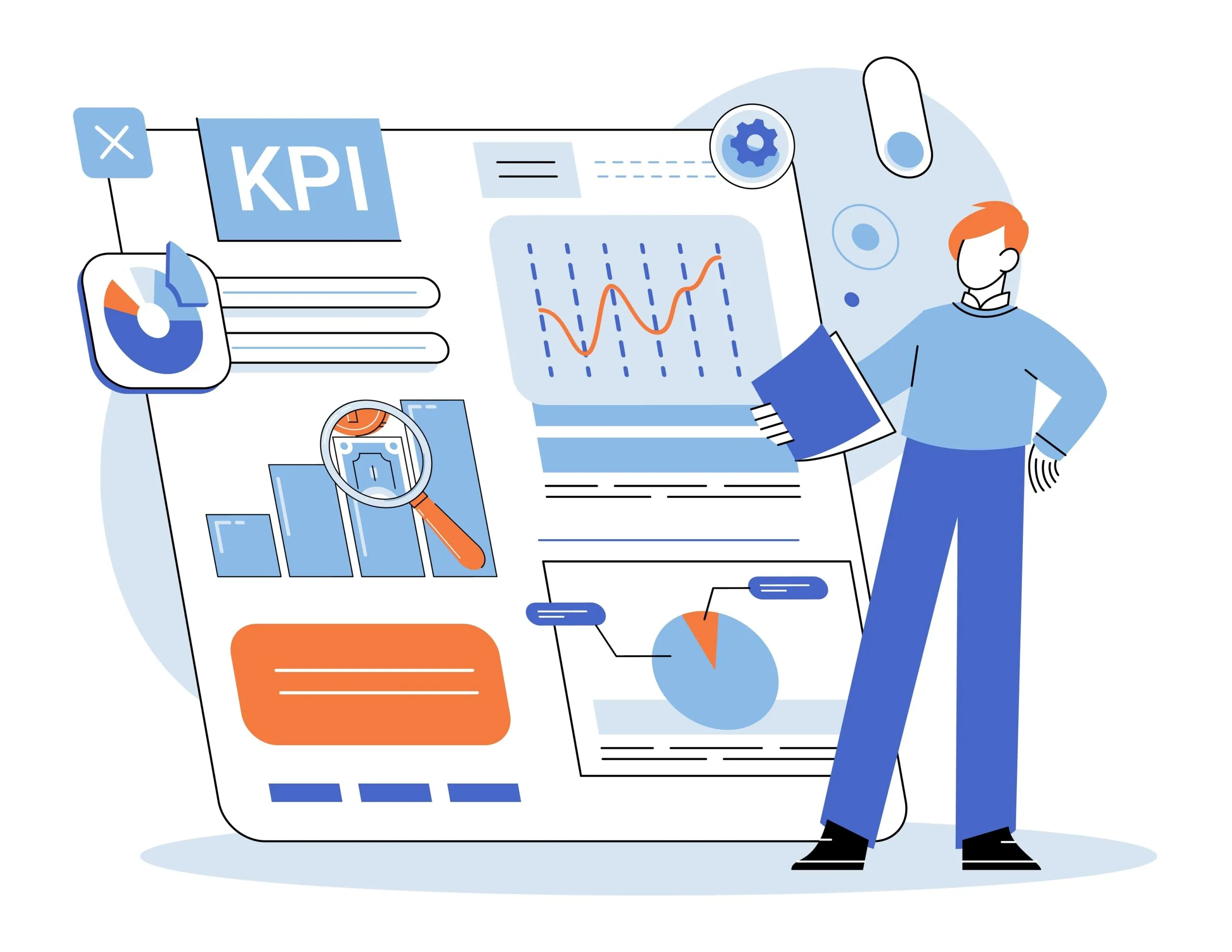
11 KPIs to Measure Your Carrier Performance
Key Performance Indicators (KPIs) have been a staple of business data analytics for as long as modern corporations have been around. Logistics has also been in favor of KPIs, as they measure the performances of teams and individuals involved in supply chain processes while providing ways to improve certain areas. As logistics is an industry reliant on fast-moving, quality delivery services, companies must implement KPIs into their analytics to find new ways to increase productivity and efficiency.
One area that can be overlooked, however, is the relationship between a company and its transportation carrier. A business can speedily and quickly produce high-quality products that will satisfy their customers, but if the carrier delivering them to the final mile doesn’t properly take care of said products during transport, all that hard work the business did will go up in smoke.
Companies must have KPIs set to evaluate carrier performance. This isn’t to act under suspicion or to get in the carrier’s way of doing their work; all of this is to ensure that the relationship between carrier and company remains crystal. Companies can feel assured that their carriers will do their part to safely and efficiently deliver products to customers, while carriers will understand what the company expects of them and include these expectations in their supply chain management plans.
With that said, what KPIs can you use to measure carrier performance? There are a lot of indicators out there you can use. Rather than go through every type of KPI out there in the business world, try using our list of 11 KPIs to measure your carrier performance! These measurements are some of the more popular but effective metrics you can use to evaluate, review, and improve your relationship with your carrier, all while improving your production and transportation output.
1) On-Time Payment
Cash flow is a crucial indicator of business health and profitability. It’s measured by dividing the number of on-time payments by the total payments made. A rate below 90 percent is unacceptable, as it may indicate underlying issues in financial management or vendor relationships.
2) Number of EDI or API Invoices
Transitioning from paper-based to EDI (Electronic Data Interchange) or API invoices can significantly improve your business operations. These methods are approximately 35 percent cheaper to process and significantly reduce errors and inefficiencies associated with manual invoice handling.
3) Capacity Issues
A carrier’s inability to manage your shipments can lead to numerous problems, including late pickups, delayed deliveries, and unmet customer needs. KPIs like cost per item, percentage of perfect shipments, dock utilization, and time from pickup to departure can help measure performance in this area.
4) Routing Guide Compliance
Ensuring compliance with your routing guide can improve productivity by avoiding costly errors in your supply chain. Providing vendors with clear routing instructions can reduce service delays and unnecessary expenses. Compare your expected savings against actual results to measure the effectiveness of your routing guide.
5) Monitor Tenders Accepted Versus Tenders Declined
Tracking the ratio of accepted to declined tenders reveals whether carriers are meeting their contractual obligations. If a preferred carrier frequently declines tenders, costs may increase, potentially affecting your budget. Understanding the reasons behind declined tenders can help you improve this KPI.

6) Monitor Driver Performance
Driver performance is a crucial factor when evaluating carriers. Assess whether drivers comply with safety rules and drug and alcohol regulations, handle freight properly, and meet pickup and delivery schedules. Choosing carriers with high-performing drivers ensures timely and safe delivery of your goods, reducing the risk of damage.
7) Transportation Utilization
Optimizing space utilization in transportation—such as switching from LTL (Less-than-Truckload) to FTL (Full-Truckload)—can maximize your spending efficiency. Efficient transportation is also environmentally friendly, reducing emissions and fuel consumption and contributing to a greener business operation.
8) Accessorials as a Percent of Freight
To manage accessorial charges effectively, divide them by total freight expenditures for a given period. An increase in these costs may indicate inefficiencies that need addressing, such as long loading times or poor route planning. High accessorial percentages can erode profits and signal operational issues. Tracking accessorial usage helps identify trends and can lead to improved processes or contract renegotiation. Minimizing these charges enhances customer satisfaction by providing transparent pricing, while also ensuring compliance with regulations and standards.

9) Invoice Accuracy
Invoice accuracy is essential for financial integrity and customer satisfaction. Accurate invoices ensure that billed amounts match the goods and services provided, preventing discrepancies. It enhances cash flow management by allowing businesses to better predict revenue and make informed financing decisions. Monitoring the accuracy of invoices and categorizing errors by carrier can highlight performance issues, potentially leading to reduced reliance on problematic carriers.
Maintaining invoice accuracy also minimizes administrative work related to correcting errors and handling disputes, allowing more time for other business activities. Furthermore, it helps avoid legal issues linked to invoicing regulations. Inaccurate invoicing can compromise data integrity, lead to financial mismanagement, and ultimately affect profits. Lastly, precise invoices are crucial for financial reporting, as stakeholders require accurate information to evaluate business quality.
10) Number of Damage Claims
This KPI measures the frequency of damage claims against a freight company, assessing its performance in handling goods during transport. The number of claims affects the bottom line; thus, calculating the ratio of total loss and damage claims to total freight costs is crucial. A higher claim count suggests issues with packaging or handling, impacting customer satisfaction and potentially leading to financial and legal risks.
Monitoring claims periodically can reveal trends, indicating operational improvements or worsening issues. Reducing claims can lower costs associated with investigations and customer compensation, enhancing overall quality control in packaging, handling, and transportation.
11) The Carrier’s Performance
A carrier’s ability to meet On-Time Pickup, On-Time Departure, and On-Time Delivery will directly affect your shipment and customer success. Measure the percentage of shipments picked up, departed, and delivered on time. A rate of 90% or higher is generally considered acceptable. It is vital to always strive for on-time performance to maintain a good reputation and fulfill contract obligations and regulatory compliance.
Enhancing your company’s on-time performance KPI is crucial for improving your brand image, reputation, and financial stability. Timely pickups and deliveries lead to satisfied customers, fostering trust and loyalty.


